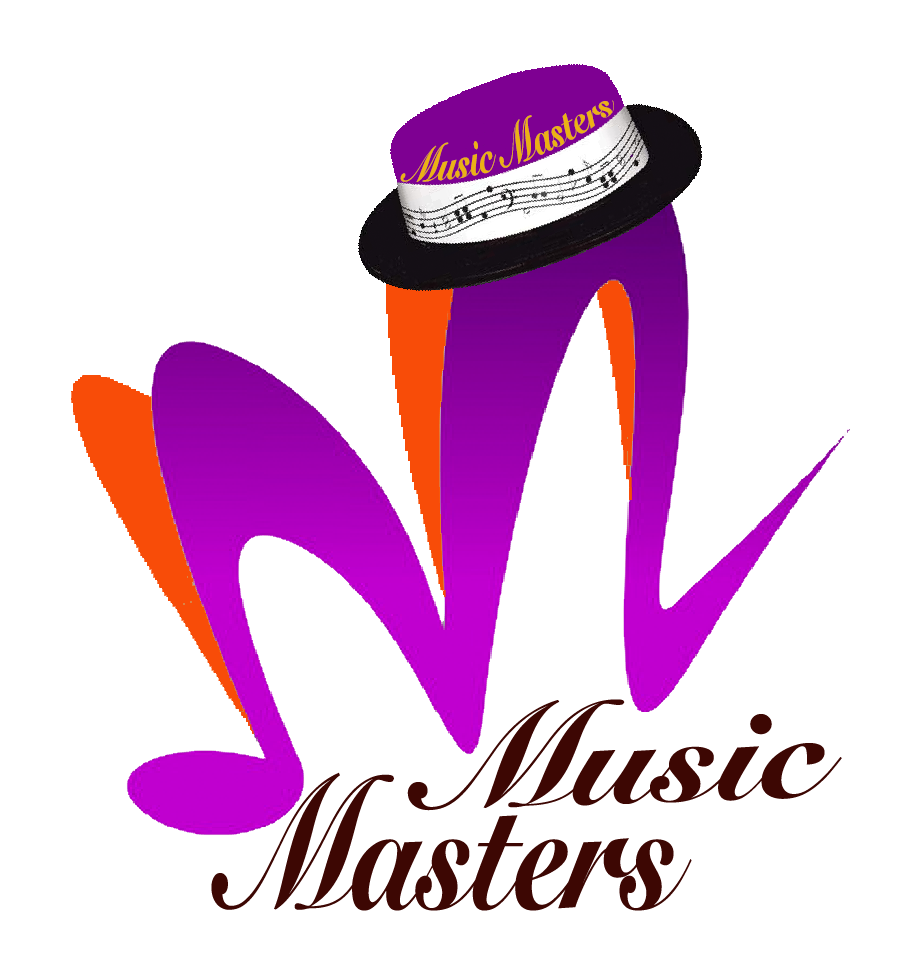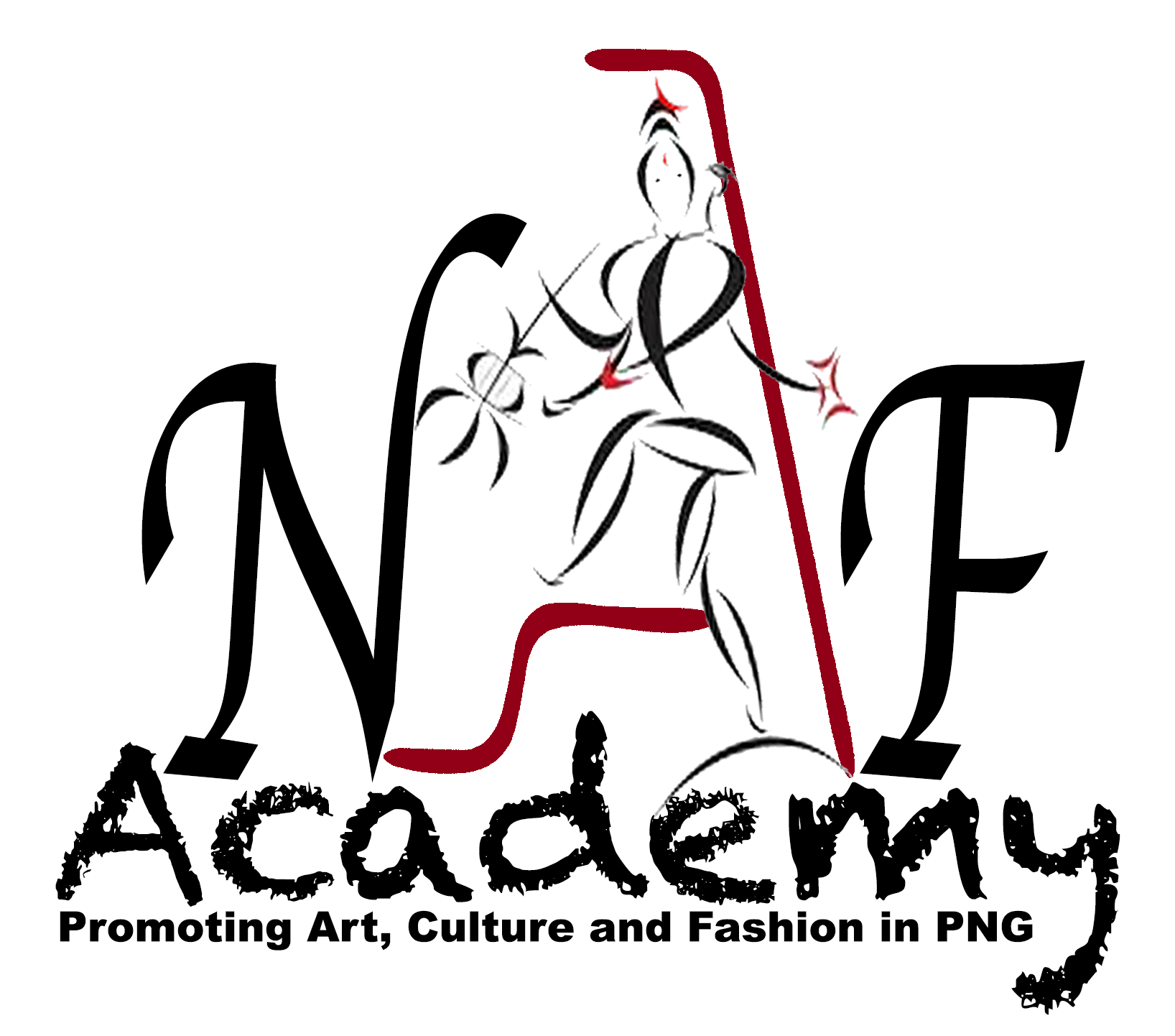Music Masters of PNG
Courses
Music Masters offers Level 1 and 2 Certificate in Music for any music enthusiasts who want to learn music. These courses include theory in music and hence all our students learn to read and write music. Evaluation is done at the end of the term with recitals and written assessments. Music Masters aim to increase the course to Level 3, Diploma and Degree in music which may be affiliated to leading Music Schools in the world.
we are introducing our months Level One Certificate in Music from 2nd. July 2022. This course will be at a cost of K3000 including registration fees, teaching materials, tuitions, extra hours to practice at the center, events participation, examinations and certification. This first period will end December 2022 when your child will graduate.
Both the options open.
1
To continue as a normal weekly student. No certification will be issued and you only pay for the classes.
2
You can opt to take up the 6 months certification course with the following benefits:
- A child can attend and practice all three weekend classes.
- Extra free time will be allotted for practice and excellence.
- Students will be assessed as per the qualification’s frameworks (National and International)
- Examinations for the course.
- Further Career Options to continue into Certificate 2, 3 and Diploma and Degree. With MMPNG
- Certification.
- Events Practice and Participation
- Monthly Recitals
Free Structure level 1
-
One time Payment
fee structure level 1
-
3 times * 1000=3000
-
Three Times payment
Weekly Classes
-
Each session two hour class
Batch 1
Every Saturday 10am to 12pm
Music Masters currently offers various instrument trainings including Guitar, Keyboard, Piano, Drums, Violin, Recorders, Saxophone
Batch 2
Every Sunday 10am to 12pm
Music Masters currently offers various instrument trainings including Guitar, Keyboard, Piano, Drums, Violin, Recorders, Saxophone
Batch 3
Every Sunday 1pm to 3pm
Music Masters currently offers various instrument trainings including Guitar, Keyboard, Piano, Drums, Violin, Recorders, Saxophone
Instrument Trainings

GUITAR
The guitar is a fretted musical instrument that typically has six strings. It is usually held flat against the player’s body and played by strumming or plucking the strings with the dominant hand, while simultaneously pressing selected strings against frets with the fingers of the opposite hand. A plectrum or individual finger picks may also be used to strike the strings. The sound of the guitar is projected either acoustically, by means of a resonant chamber on the instrument, or amplified by an electronic pickup and an amplifier.
PIANO
The piano is a stringed keyboard instrument in which the strings are struck by wooden hammers that are coated with a softer material (modern hammers are covered with dense wool felt; some early pianos used leather). It is played using a keyboard, which is a row of keys (small levers) that the performer presses down or strikes with the fingers and thumbs of both hands to cause the hammers to strike the strings. It was invented in Italy by Bartolomeo Cristofori around the year 1700.
MUSICAL KEYBOARD
A musical keyboard is the set of adjacent depressible levers or keys on a musical instrument. Keyboards typically contain keys for playing the twelve notes of the Western musical scale, with a combination of larger, longer keys and smaller, shorter keys that repeats at the interval of an octave. Pressing a key on the keyboard makes the instrument produce sounds—either by mechanically striking a string or tine (acoustic and electric piano, clavichord), plucking a string (harpsichord), causing air to flow through a pipe organ, striking a bell (carillon), or, on electric and electronic keyboards, completing a circuit (Hammond organ, digital piano, synthesizer). Since the most commonly encountered keyboard instrument is the piano, the keyboard layout is often referred to as the piano keyboard.
DRUMS
A drum kit – also called a drum set, trap set (an abbreviation of the word “contraption”) or simply drums – is a collection of drums, cymbals, and other percussion instruments. Drum kits are set up on stands to be played by a single player, with drumsticks held in both hands; the feet operate pedals that control the hi-hat cymbal and the beater for the bass drum. Sometimes, there may be two bass drum pedals to assist the player in playing faster rhythms. A drum kit consists of a mix of drums (categorized classically as membranophones, Hornbostel-Sachs high-level classification 2) and idiophones – most significantly cymbals, but can also include the woodblock and cowbell (classified as Hornbostel-Sachs high-level classification 1). In the 2020s, some kits also include electronic instruments (Hornbostel-Sachs classification 53). Also, both hybrid (mixing acoustic instruments and electronic drums) and entirely electronic kits are used.
VIOLIN
The violin, sometimes known as a fiddle, is a wooden chordophone (string instrument) in the violin family. Most violins have a hollow wooden body. It is the smallest and thus highest-pitched instrument (soprano) in the family in regular use. The violin typically has four strings (some can have five), usually tuned in perfect fifths with notes G3, D4, A4, E5, and is most commonly played by drawing a bow across its strings. It can also be played by plucking the strings with the fingers (pizzicato) and, in specialized cases, by striking the strings with the wooden side of the bow
RECORDERS
The recorder is a family of woodwind musical instruments in the group known as internal duct flutes: flutes with a whistle mouthpiece, also known as fipple flutes. A recorder can be distinguished from other duct flutes by the presence of a thumb-hole for the upper hand and seven finger-holes: three for the upper hand and four for the lower. It is the most prominent duct flute in the western classical tradition.
Saxophone
The saxophone (referred to colloquially as the sax) is a type of single-reed woodwind instrument with a conical body, usually made of brass. As with all single-reed instruments, sound is produced when a reed on a mouthpiece vibrates to produce a sound wave inside the instrument’s body. The pitch is controlled by opening and closing holes in the body to change the effective length of the tube. The holes are closed by leather pads attached to keys operated by the player. Saxophones are made in various sizes and are almost always treated as transposing instruments. Saxophone players are called saxophonists.
